The Hanok (더 한옥)
7.0Km 2021-03-24
75, Gyedong-gil, Jongno-gu, Seoul
+82-2-743-7470
You can enjoy coffee in a hanok (Korean house). This restaurant's signature menu is coffee. This cafe is located in Jongno-gu, Seoul.
Nolbu Budaejjigae&Cheolpangui(놀부부대찌개&철판구이)
7.0Km 2020-12-21
775 Gyeongin-ro Yeongdeungpo-gu Seoul
+82-2-6309-5432
Budaejjigae (spicy sausage stew) is a soup dish made with various types of ham and Korean broth and sauces. This Korean dishes restaurant is located in Yeongdeungpo-gu, Seoul. The most famous menu is sausage stew.
Heukdonga (흑돈가)
7.0Km 2021-03-24
14, Bongeunsa-ro, 86-gil, Gangnam-gu, Seoul
+82-2-2051-0008
It is a house where you can eat Jeju black pork over charcoal fire. This Korean dishes restaurant is located in Gangnam-gu, Seoul. The representative menu is grilled skin-on pork belly.
Luden Loquen SPACE (카페LN)
7.0Km 2019-11-26
5, Bukchon-ro 5na-gil, Jongno-gu, Seoul
+82-2-722-7597
Luden Loquen SPACE is a unique hanok cafe, located at the end of the alley where Bukchon Hanok Village starts. The cafe is not just an average café where you can drink tea or coffee but because of location and design it has an added sense of cultural value. Locals come to enjoy the best tea in town, brewed using high quality tea leaves with information on its origin attached. In addition to traditional drinks and sweets, the coffee shop offers a variety treats that combines Korean ingredients and modern desserts. The hanok building has been reinterpreted through a modern design.
Songbaek Sikdang (송백식당)
7.0Km 2021-03-25
15, Dangsan-ro, 38-gil, Yeongdeungpo-gu, Seoul
+82-2-2632-5080
It is a stew dish made by boiling various vegetables together with Beef Brisket and soybean paste. This Korean dishes restaurant is located in Yeongdeungpo-gu, Seoul. The most famous menu is codfish stew.
Molta Chamchi (몰타참치)
7.0Km 2021-03-29
26, Samseong-ro 85-gil, Gangnam-gu, Seoul
+82-2-508-7861
This is a place that sells filleted raw tuna using various tuna parts. This restaurant's signature menu is sliced raw tuna. This Japanese (cuisine) restaurant is located in Gangnam-gu, Seoul.
yo:b(욥)
7.0Km 2020-12-08
3 Dangsan-ro 44-gil Yeongdeungpo-gu Seoul
+82-2-2675-1232
You can enjoy a variety of homemade bread. The best menu at this restaurant is bread. This cafe is located in Yeongdeungpo-gu, Seoul.
CROME bakery(크롬베이커리)
7.0Km 2020-12-08
3 Dangsan-ro 44-gil Yeongdeungpo-gu Seoul
+82-2-2636-5703
It is a place where you can enjoy various kinds of cake. The best menu at this restaurant is egg tart. This cafe is located in Yeongdeungpo-gu, Seoul.
Hocheondang Ttukseom Station(호천당 뚝섬역)
7.0Km 2020-10-30
#103, 1F, 19, Sangwon-gil, Seongdong-gu, Seoul
+82-2-497-8880
This is a Japanese cuisine located in Seongsu-dong, Seoul. The representative menu is buckwheat soba noodles. A restaurant specializing in pork cutlet and soba noodles.
OKIN PIZZA (옥인피자)
7.0Km 2021-03-19
26, Ogin-gil, Jongno-gu, Seoul
+82-2-737-9944
This is a Western cuisine located in Jongno, Seoul. The best menu at this restaurant is pizza. You can eat delicious pizza at hanok, a Korean traditional house.
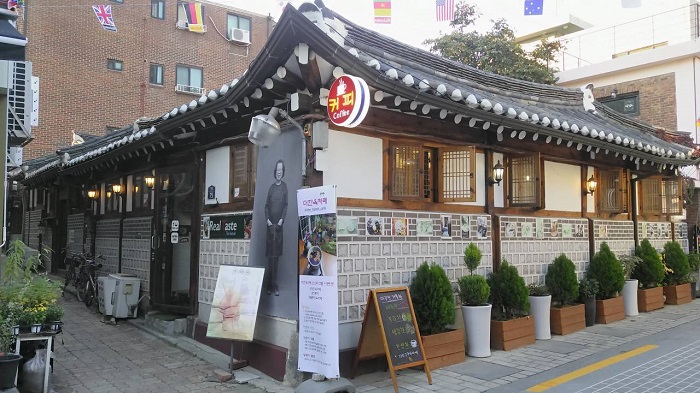
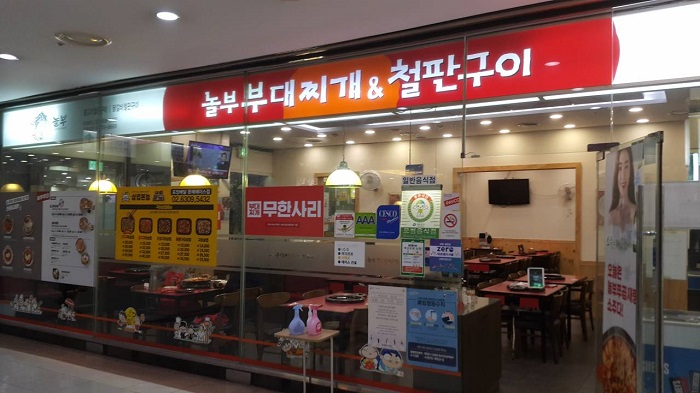
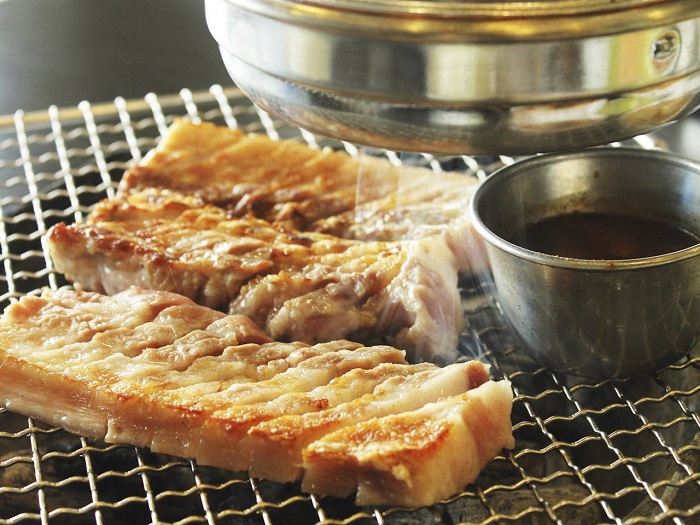
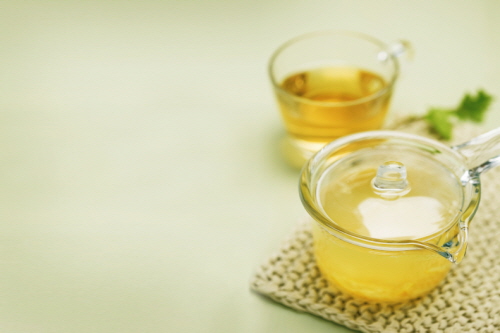
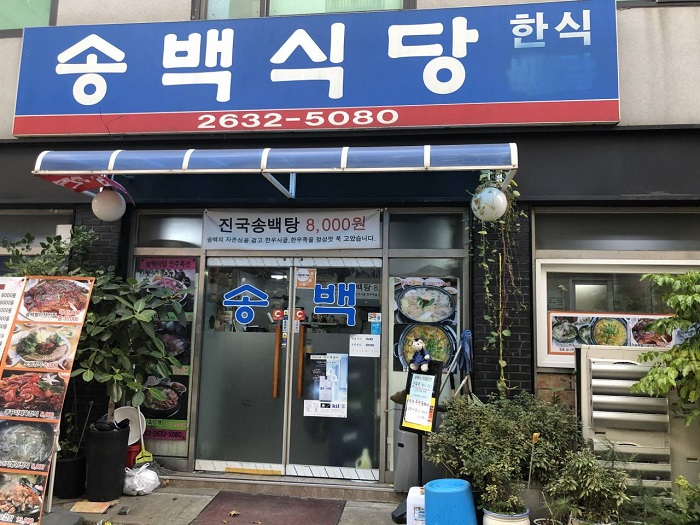
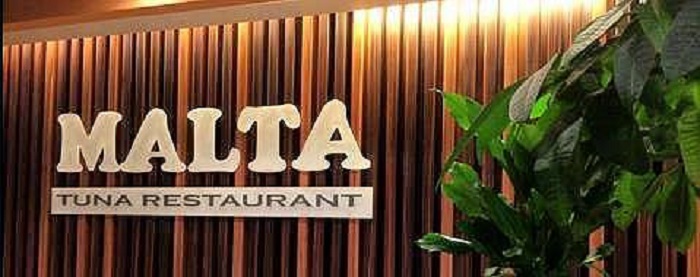
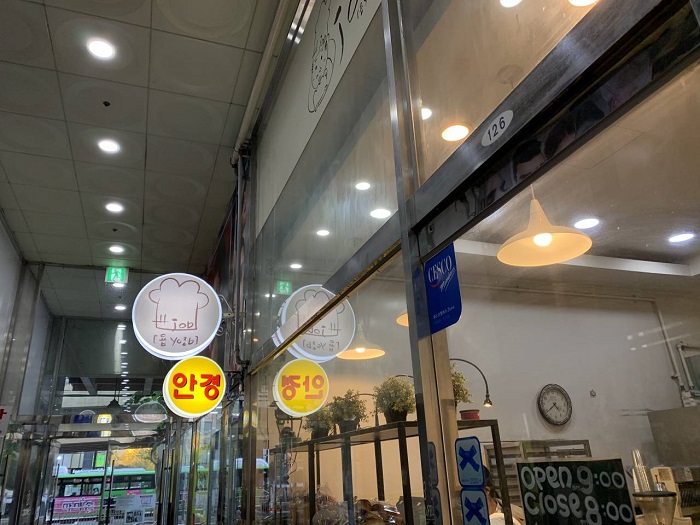
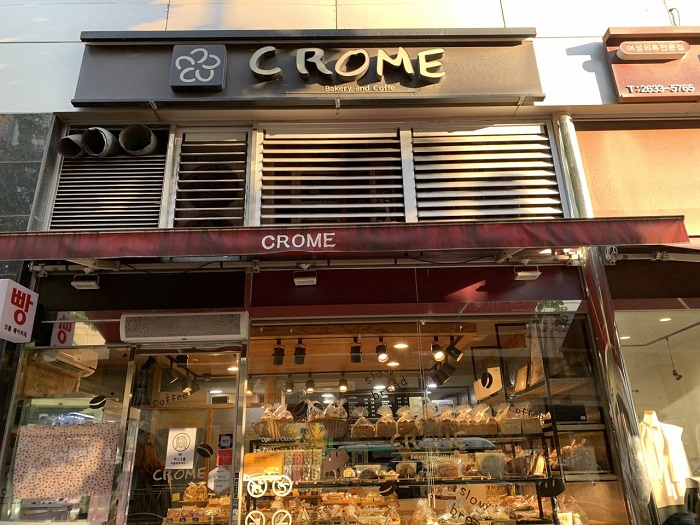
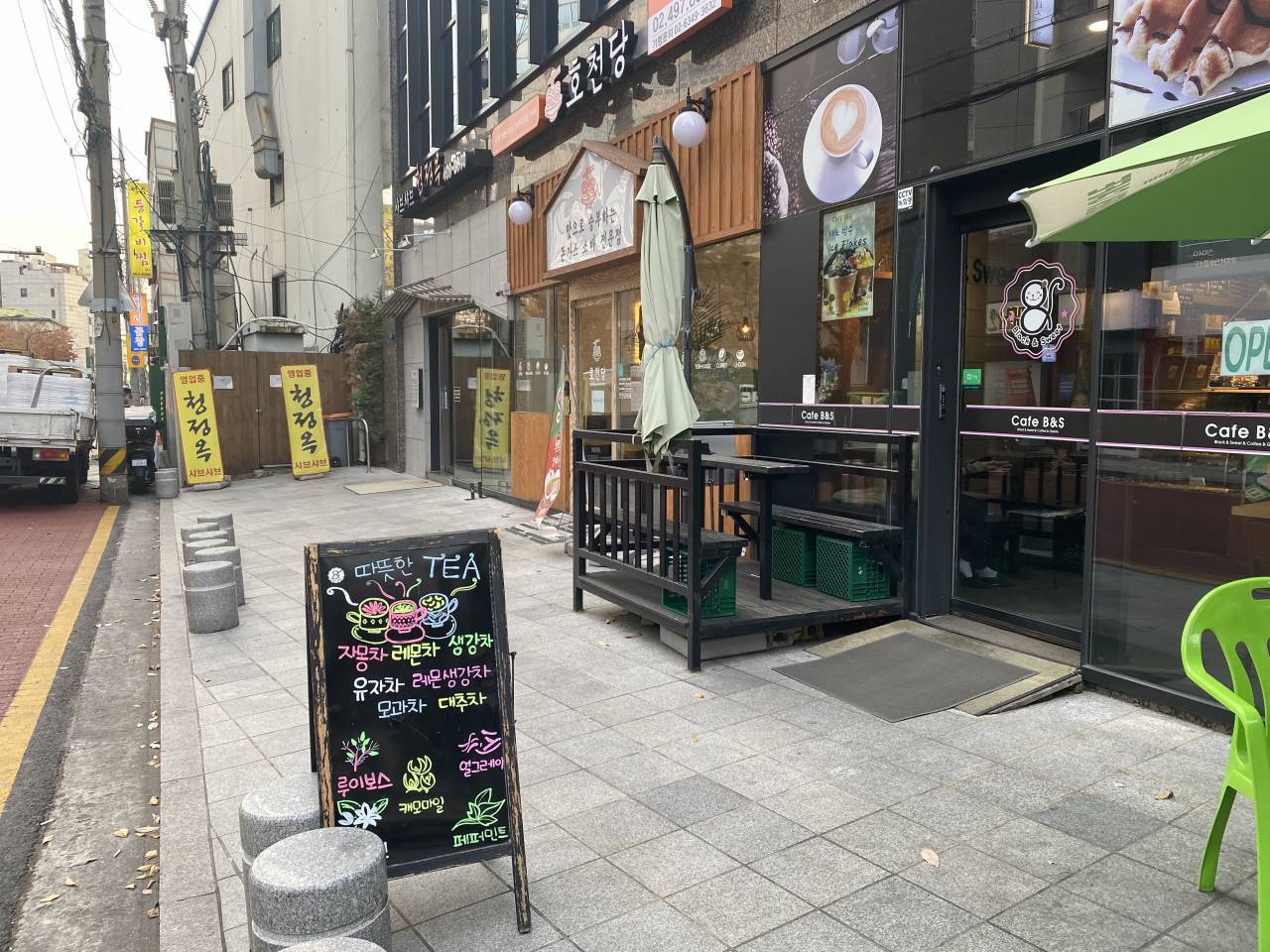

 Français
Français
 한국어
한국어 English
English 日本語
日本語 中文(简体)
中文(简体) Deutsch
Deutsch Español
Español Русский
Русский